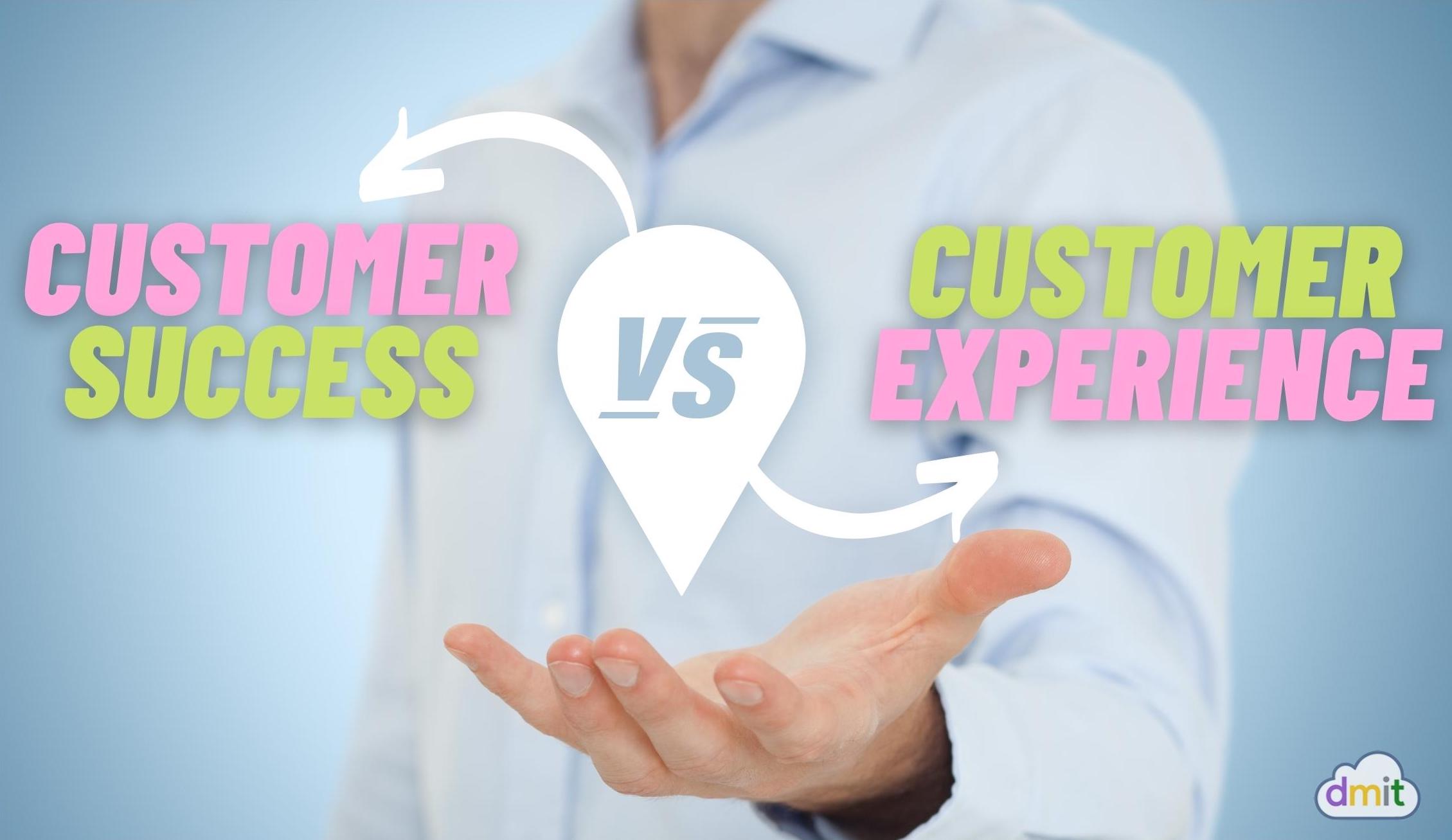How are customer success and customer experience different? If you don’t know the answer to this question, you’re certainly not alone. The two concepts are often confused because there are some similarities and overlaps. Though they’re both customer-centric roles, customer success and customer experience teams perform distinct functions. Customer success (CS) teams focus on understanding customers’ goals. It helps clients achieve their desired outcomes with a purchased product or service. Meanwhile, customer experience (CX) teams work hard to provide great experiences at every single touchpoint. It works from discovery to purchase and beyond. Without knowing the difference between CS and CX, teams are at risk of stepping on each other’s toes, not knowing who’s responsible for what and making poor hiring decisions.
What’s the difference between customer success and customer experience?
The main difference between CS and CX teams is the role they play in the customer journey.
WHAT IS CUSTOMER SUCCESS?
Customer success teams are all about the end result of the journey. They strive to help customers reach their goals with the company’s product or service and to build a strong, long-term relationship.
WHAT IS CUSTOMER EXPERIENCE?
CX teams focus on improving individual touchpoints across the entire customer journey. They evaluate where there may be issues in the buyer’s journey and how to make every interaction the best it can be.
The differences between customer success and customer experience
SCOPE
CX is broader than CS. It focuses on creating a positive relationship between a company and its customers throughout the buyer’s journey – from the awareness stage to the end of the customer lifecycle. Customer success is only one part of the customer experience. CS teams work with customers after the purchase, helping them optimise the use of a product or service. This allows them reach their business goals.
METRICS
Typically, different metrics are used to gauge the quality of customer experience and customer success. CX is evaluated using customer satisfaction score (CSAT), Net Promoter Score® (NPS), customer acquisition rate and conversion rate. CS is measured by customer lifetime value, customer retention rate, customer churn rate, Customer Effort Score and repeat purchase rate.
INDUSTRY
You’re more likely to find a dedicated customer success team at companies that use a subscription-based model, such as Business to Business (B2B) or Software as a Service (SaaS) companies. Since their survival and growth rely on repeat purchases, they focus on helping customers reach their goals with the product or service. But CX roles are more commonplace among all industries.
How customer experience and customer success work together
CX and CS play different roles, but they intersect in many ways and are equally critical to the long-term vitality of your business. Both customer success and customer experience teams help achieve company-wide goals of increased revenue and improved customer loyalty. They influence one another too – it’s easier to cross-sell and upsell your customers when they have good experiences.
“75% of customers are willing to spend more to buy from companies that give them a good customer experience” according to the Zendesk Customer Experience Trends Report.
Research also shows that helping customers succeed increases repeat purchases. Nearly 70% of respondents in a Gainsight survey said that implementing a customer success programme increased customer retention. In fact, 99% of survey respondents agreed that customer success improves the customer experience too. CS teams help enhance CX by showing clients how to optimise the use of a product or service – reducing the need for customers to contact support teams and, in turn, improving satisfaction. When you look at the big picture, meeting customer expectations is a team effort that involves both departments.
Break down silos and build bridges
Now you know the difference between customer experience and customer success; the next step is to leverage both teams’ strengths to build better relationships with your buyers. Start by ensuring both CS teams and CX teams know why their roles are important and how they can work together. Encourage the departments to collaborate regularly to achieve company-wide goals instead of focusing exclusively on their individual team priorities. Improving customer support, increasing customer value and creating better products or services are only possible when both teams work together. A customer service solution like Zendesk can help connect customer data from all teams and areas of the business to streamline management and optimise the customer journey.
Learn more about Customer Experience
Source : Zendesk Blog
- For more information, Zendesk prices with special promotions, call 02 030 0066.
- support@demeterict.com







